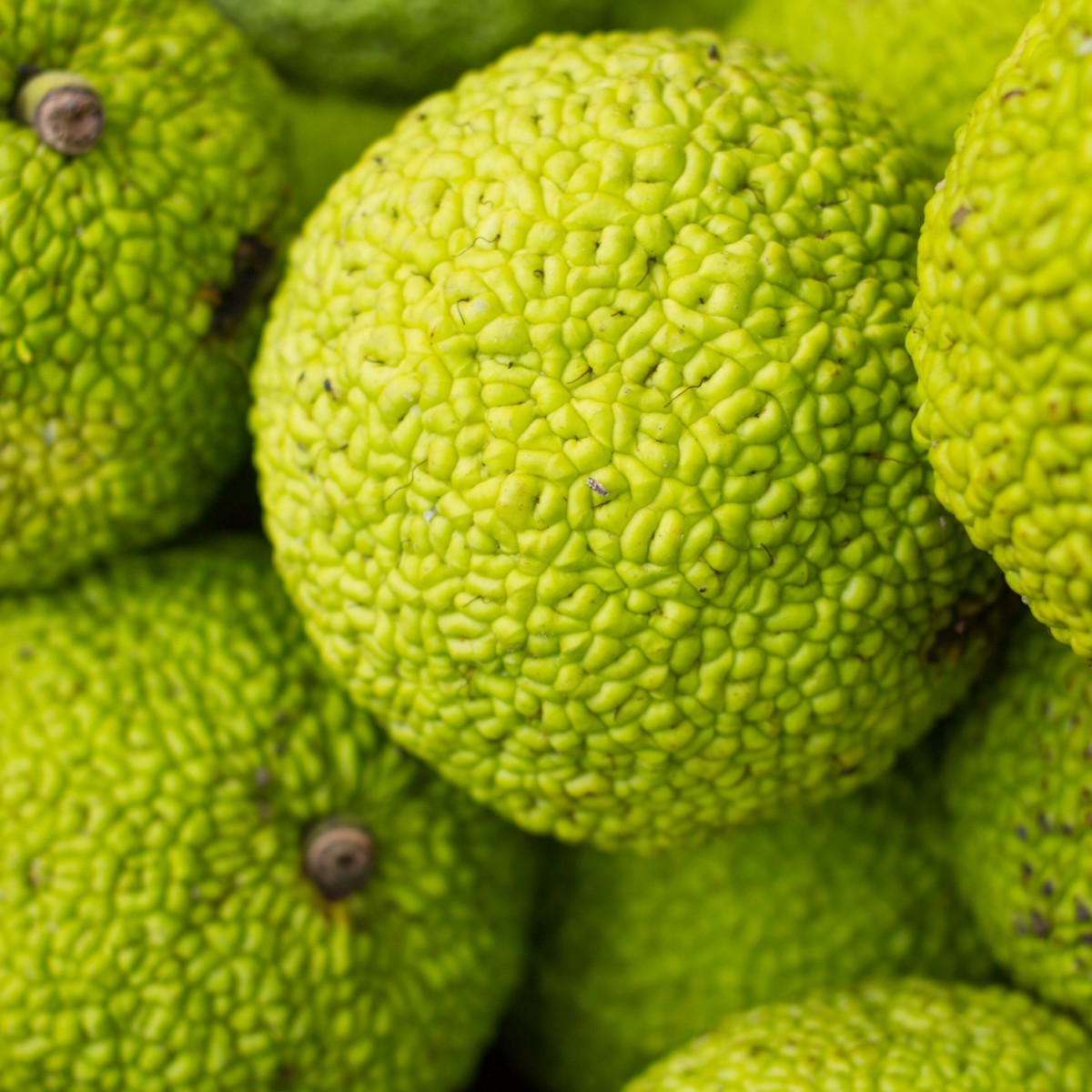
Īmerican settlers used the Osage orange (i.e. In 1810, Bradbury relates that he found two Maclura pomifera trees growing in the garden of Pierre Chouteau, one of the first settlers of Saint Louis, apparently the same person. (Note: This referred to Pierre Chouteau, a fur trader from Saint Louis.) Those cuttings did not survive. Peter Choteau, who resided the greater portion of his time for many years with the Osage Nation". According to Lewis's letter, the samples were donated by "Mr. Meriwether Lewis sent some slips and cuttings of the curiosity to President Jefferson in March 1804. Catherine's Landing on the Mississippi River to the Ouachita River. The earliest account of the tree in the English language was given by William Dunbar, a Scottish explorer, in his narrative of a journey made in 1804 from St. 3.1 Ecological aspects of historical distribution.Maclura pomifera has been known by a variety of English common names in addition to Osage orange, including mock orange, hedge apple, horse apple, monkey ball, monkey brains and yellow-wood while the French common name bois d'arc ("bow-wood") has been corrupted into the English forms bodark and bodock. Due to its latex secretions and woody pulp, the fruit is typically not eaten by humans and rarely by foraging animals, giving it distinction as an anachronistic "ghost of evolution".


It is a member of the mulberry family, Moraceae. Despite the name "Osage orange", it is not related to the orange. The fruits secrete a sticky white latex when cut or damaged. The distinctive fruit, a multiple fruit, is roughly spherical, bumpy, 8 to 15 centimetres (3–6 in) in diameter, and turns bright yellow-green in the fall.

Maclura pomifera, commonly known as the Osage orange, bois d'arc, horse apple, hedge, or hedge apple tree, is a small deciduous tree or large shrub, typically growing about 8 to 15 metres (30–50 ft) tall.


 0 kommentar(er)
0 kommentar(er)
